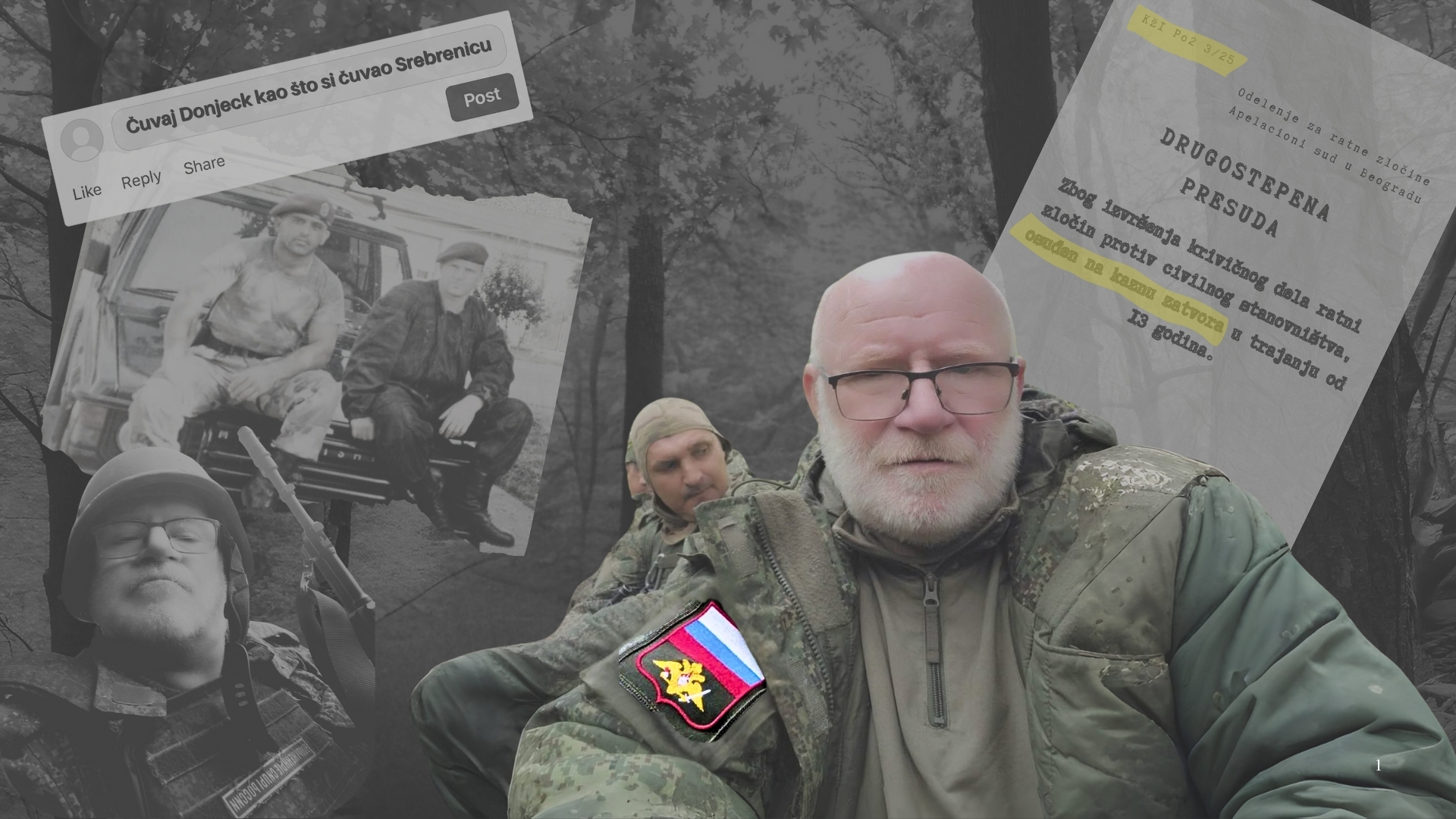This post is also available in: Bosnian
Testifying in defence of former Bosnian Serb military chief Ratko Mladic at the Hague Tribunal, a pathologist argued that Bosniak victims exhumed from mass graves were not necessarily shot dead.
Defence expert witness Zoran Stankovic on Wednesday contested findings by pathologists who performed autopsies on bodies exhumed from mass graves associated with the fall of Srebrenica in July 1995, saying the cause of death could not be determined with certainty because there was not enough soft tissue left on most of the corpses and human remains.
Stankovic argued that when the remains were in such a state, it cannot be determined whether the victims’ injuries were sustained while they were still alive or after they died.
“Assumptions about the cause of death can only be presented, but one cannot speak about them with certainty. An autopsy report can indicate that certain injuries could have caused death,” Stankovic said.
When asked by presiding judge Alphons Orie whether a pathologist who finds a bullet hole in a victim’s skull could determine that this was the cause of the person’s death, Stankovic agreed but said that during his career, he had seen victims who were shot in the head when they were already dead.
Ratko Mladic, the former commander of the Bosnian Serb Army, is on trial for genocide over the killings of more than 7,000 Bosniaks from Srebrenica in 1995.
He is also charged with genocide in seven other municipalities, as well as the persecution of non-Serbs across the country, terrorising the population of Sarajevo and taking UN peacekeepers hostage.
Stankovic also criticised the pathologists whose findings the Hague Prosecution included as evidence, arguing that they offered “a diagnosis”, indicating whether victims’ injuries were caused by bullets or explosives, but failed to provide detailed descriptions of those injuries in their reports.
“A diagnosis without a description of injuries in an autopsy report is unacceptable. I do not have the right to contest the findings, but it cannot be checked without a description of the injuries,” he said.
“The deaths of those people could have happened at various periods in time”, over the course of “several weeks and months”, he said, because bodies exhumed from the same grave were in different stages of decomposition.
Stankovic based the majority of his objections on a report prepared by court pathologist Dusan Dunjic, who died in The Hague in October last year just before his testimony in defence of Mladic.


